Retro Replay Review
Gameplay
BattleTech: The Crescent Hawks’ Revenge shifts gears from its turn-based RPG predecessor into a real-time strategy experience that places you squarely in the cockpit of 31st-century BattleMechs. Instead of detailed character sheets and dialogue trees, you’re now issuing orders to squads of lumbering war machines against the forces of House Kurita. The interface is straightforward: select your units, plot waypoints, and execute attacks. This streamlined approach makes the pacing brisk, giving the player a constant flow of combat engagements without long interludes.
The game’s two-part structure—story-driven missions followed by standalone skirmishes—offers a balanced progression. Early missions gently introduce you to heat management, weapon ranges, and terrain effects, while later scenarios demand tight squad coordination and resource juggling. The real-time element heightens tension: you must react on the fly to ambushes, salvage opportunities, and sudden orders from HQ. It’s a satisfying test of both strategic planning and split-second decision-making.
Customizing your lance of Mechwarriors also adds a tactical layer. Between missions, you can outfit your BattleMechs with ballistic guns, lasers, or missiles, allocate armor points, and swap damaged parts. Piloting Jason Youngblood is more than a narrative hook—his performance ratings and accrued experience influence mission outcomes and unlock special dialogue. Even without traditional RPG stats, you’ll feel invested in each ‘Mech and pilot as they grow from green rookies to hardened veterans.
The voice-over and musical score deserve special mention. Digitized speech cues every mission briefing and critical warning, infusing each battle with personality—even if some lines repeat. Composer Kelly Bailey’s dynamic soundtrack adapts to your situation, swelling during heavy firefights and receding when you need to plan your next move. Together, these elements reinforce the immersive atmosphere and underscore the stakes of your rescue mission.
Graphics
Given its 1990 release, The Crescent Hawks’ Revenge displays modest visuals by modern standards, but it still captures the gritty aesthetic of the BattleTech universe. The 2D isometric battlefield offers clear, pixel-art representations of various mech chassis, turrets, terrain types, and map overlays. While individual sprite animations are limited—Mechs walk in stiff, mechanical strides and weapons flashes are simple—they communicate every detail you need to judge distance, cover, and line of fire.
Complementing the sprites are detailed mission maps with varied environments: snow-covered Lyran plains, dusty desert outposts, and industrial factories. Each setting leverages a muted color palette that reflects the war-torn 3029 era. Though lacking in dynamic lighting or particle effects, the game conveys tactical nuance through elevation markers and hex-grid overlays. Seasoned players will appreciate how hilltops grant firing bonuses and forests provide concealment, even if these mechanics are communicated with text windows rather than flashy animations.
The UI design is functional, if barebones: windows and buttons framed in metallic textures, small vehicle portraits, and a log window that tracks mission objectives and unit statuses. It can feel cramped on modern high-resolution monitors, but at the time it was state of the art. Cursor icons change contextually—an arrow to move, a target reticle to attack—minimizing menu diving and keeping the focus on the battlefield. In short, while the graphics won’t dazzle today, they remain faithful to the tabletop roots and deliver clarity over spectacle.
If you’re a fan of retro strategy games, you’ll find charm in the deliberate simplicity. Observant players will notice little touches: slight variations in mech coloration to denote armor damage, destructible buildings that crumble to rubble, and contextual overlays that highlight salvageable wrecks. These touches deepen the immersion, even if they’re rendered in a palette of under 256 colors. The Crescent Hawks’ Revenge proves that solid design and readable visuals can outlast a generation of flashy but forgettable effects.
Story
At the heart of The Crescent Hawks’ Revenge lies the personal vendetta of Jason Youngblood, a nineteen-year-old MechWarrior of House Steiner. Following the cliffhanger of the original Crescent Hawks’ Inception, Jason’s father has been captured by House Kurita forces, and the young pilot sets out to rescue him. This simple premise drives the narrative forward through mission briefings, in-engine cutscenes, and occasional voiceovers, creating a heroic arc that unfolds across the Lyran Commonwealth and into enemy territory.
While the story doesn’t reinvent the wheel—revenge quests and rescue ops are staples of military sci-fi—the unfolding drama feels authentic thanks to tight pacing and consistent stakes. Strategic choices you make during missions affect subsequent plot developments, offering branching paths that can reward daring tactics or punish reckless behavior. Even small decisions—whether to divert a scout lance to aid a besieged village—mold the story and compel you to weigh tactical gains against moral obligations.
Characterization emerges more through action than dialogue. Jason’s quiet determination, his cordial rapport with veteran MechWarriors, and his growing confidence behind the controls are all conveyed through radio chatter and mission debriefs. Although the writing can be expository at times, it remains concise and focused, never straying far from the core objective. Fans of the BattleTech universe will appreciate lore nods—mentions of Clan incursions, Inner Sphere politics, and references to familiar factions—all woven seamlessly into the mission briefings.
The game’s branching narrative also introduces a light element of replayability. Different mission outcomes can lead to alternate scenarios, offering new battlefields and enemy compositions. While the overarching goal—rescue Jason’s father—remains constant, the path you take can vary, providing enough divergence to merit multiple playthroughs. It’s a clever way to let players influence the story without requiring a sprawling cast of side characters or complex dialogue trees.
Overall Experience
BattleTech: The Crescent Hawks’ Revenge stands as a noteworthy milestone in the evolution of mech-based strategy gaming. By marrying real-time tactics with a compelling rescue-driven storyline, it delivers an experience that feels both fresh and faithful to its tabletop origins. If you’re craving deep strategic combat, unit customization, and the thrill of piloting towering BattleMechs, this game remains a rewarding classic.
True, the interface and visuals feel dated compared to modern standards, and the learning curve can be steep for newcomers unfamiliar with weight classes, heat sinks, or initiative points. Yet for players willing to embrace its vintage charm, the game offers an unmatched sense of accomplishment when a well-coordinated lance flanks and dismantles a heavier ‘Mech. Every victory, no matter how small, resonates thanks to the game’s tight feedback loops and responsive audio cues.
Moreover, the digital speech and evocative soundtrack continue to surprise and delight—reminding you that, in 1990, developers were already thinking about how sound design could elevate gameplay immersion. Between the crackle of radio chatter, the hum of laser fire, and the triumphant swell of orchestral themes, The Crescent Hawks’ Revenge feels alive despite its pixelated veneer.
For modern gamers, the experience can feel like stepping into a time capsule of strategy design. If you appreciate historical titles that shaped the genre and you don’t mind skipping a few conveniences—like modern save-anywhere systems or high-definition graphics—BattleTech: The Crescent Hawks’ Revenge is a must-play. It’s a testament to the enduring appeal of giant mechs and tactical warfare, offering hours of thoughtful combat and a storyline that will keep you engaged until the final showdown with House Kurita.
 Retro Replay Retro Replay gaming reviews, news, emulation, geek stuff and more!
Retro Replay Retro Replay gaming reviews, news, emulation, geek stuff and more!
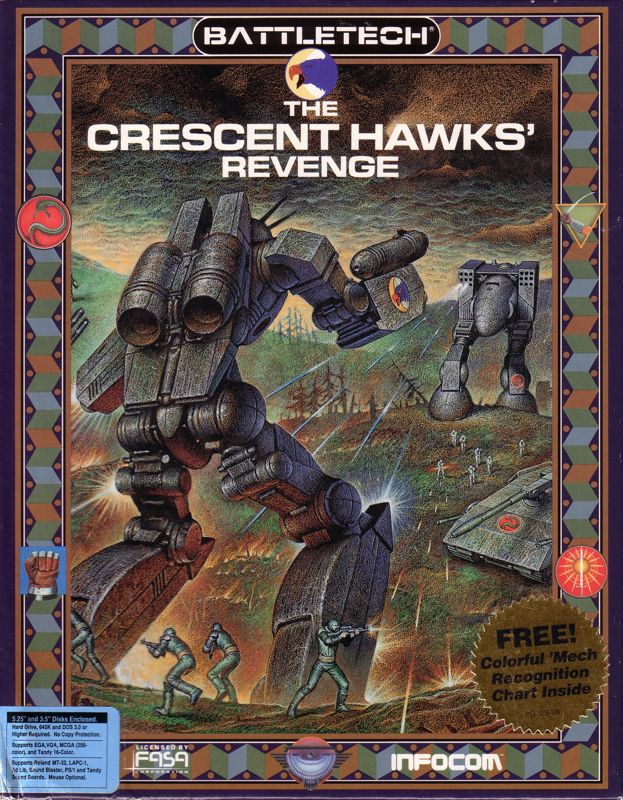
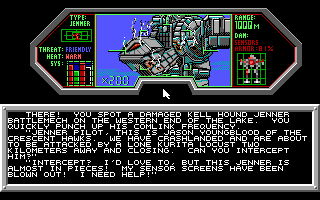
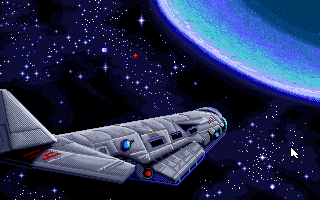
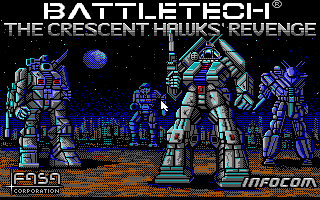
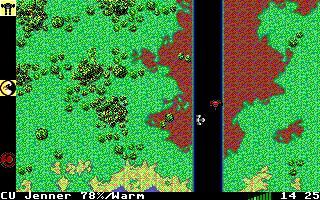
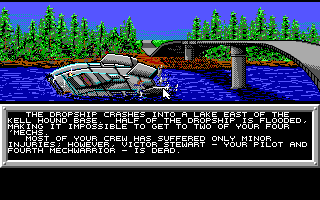



Reviews
There are no reviews yet.